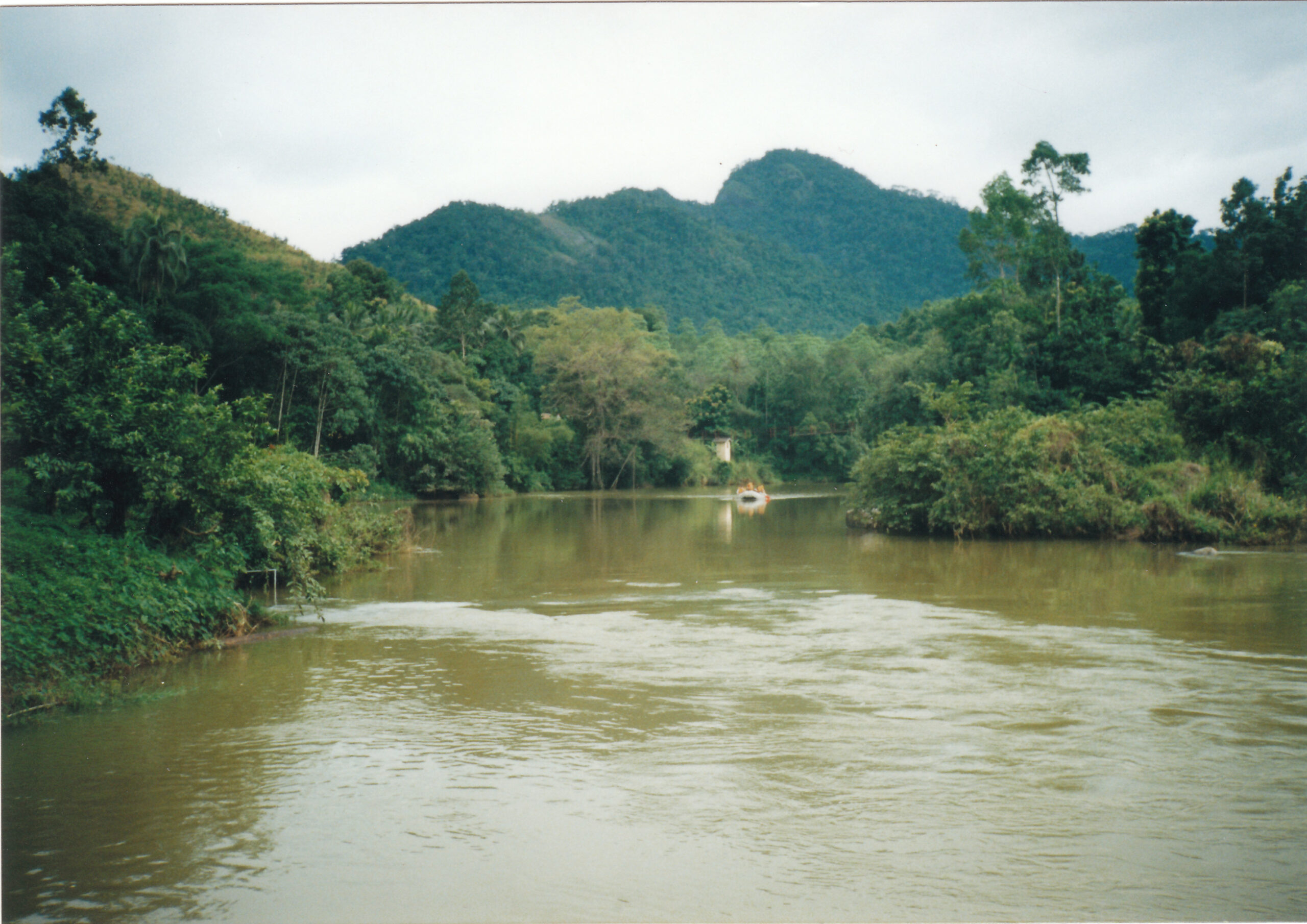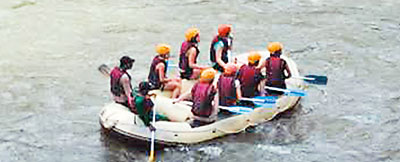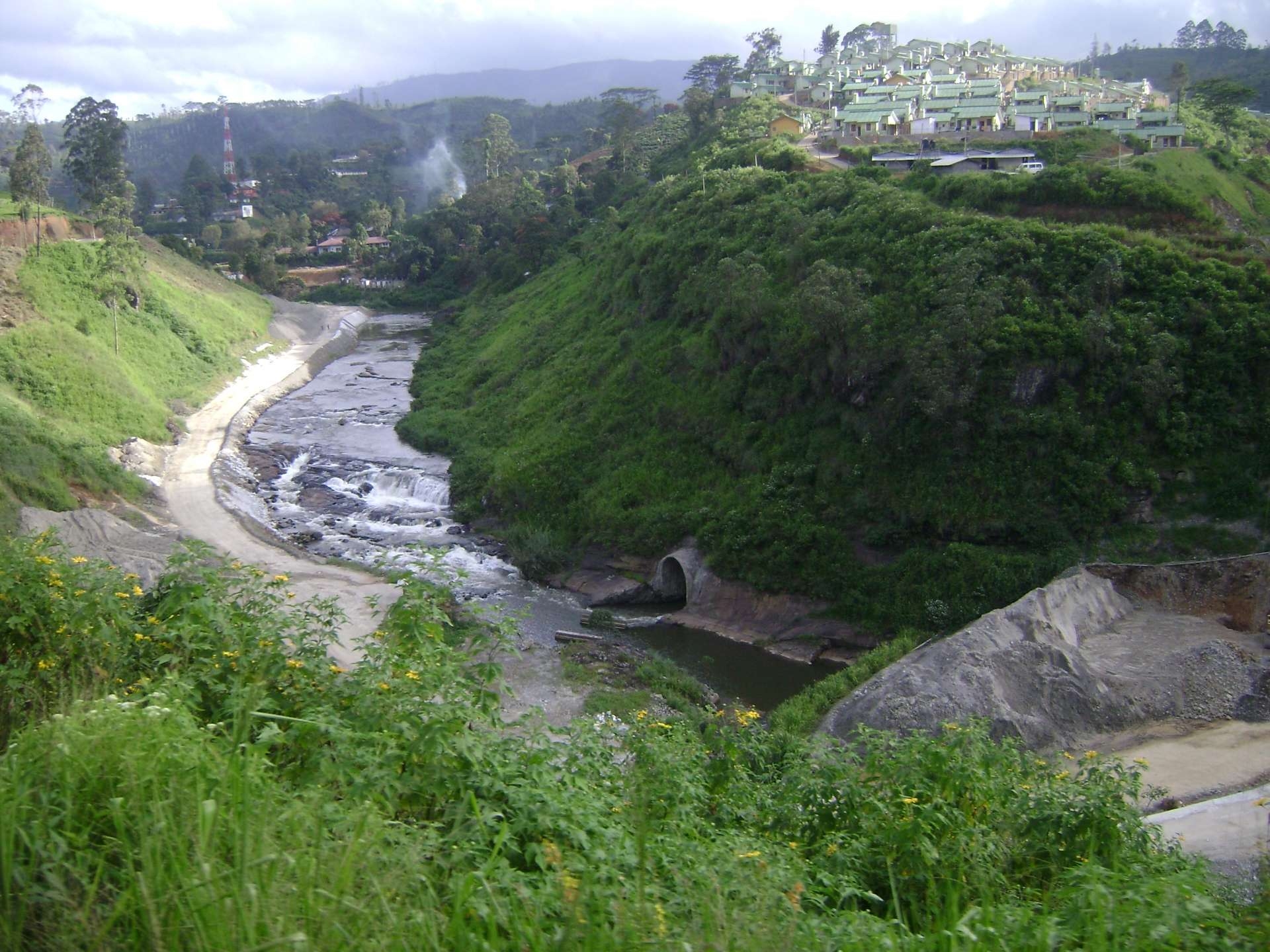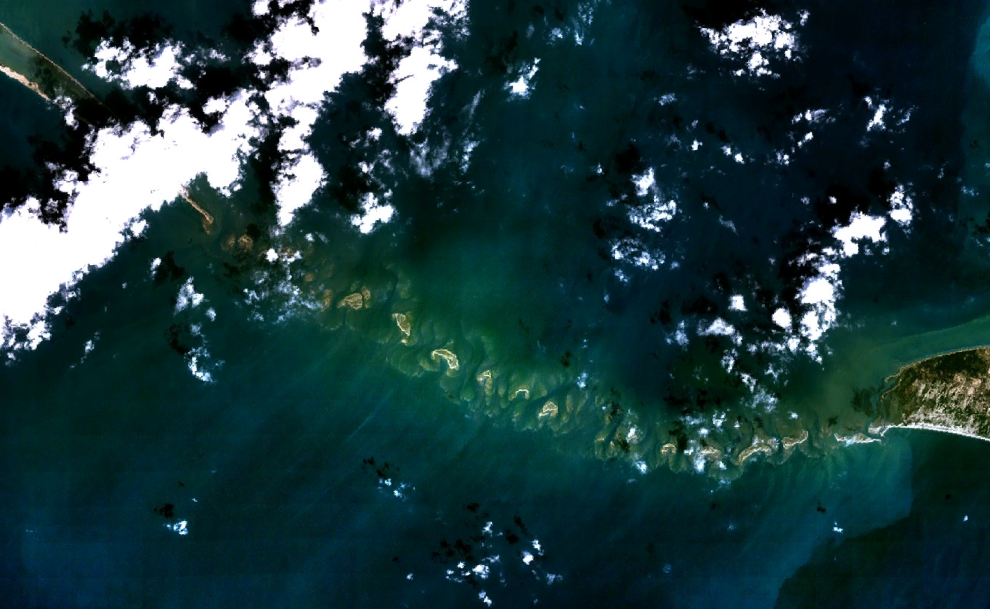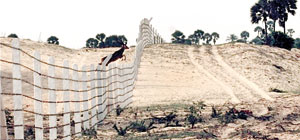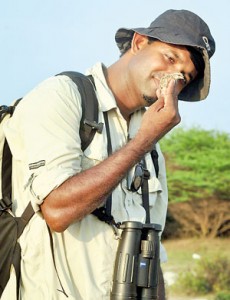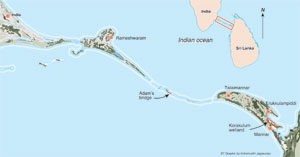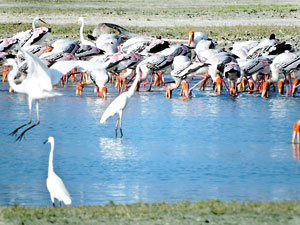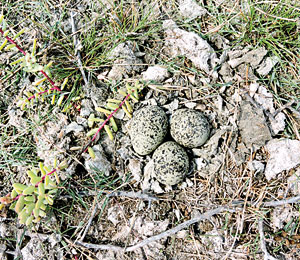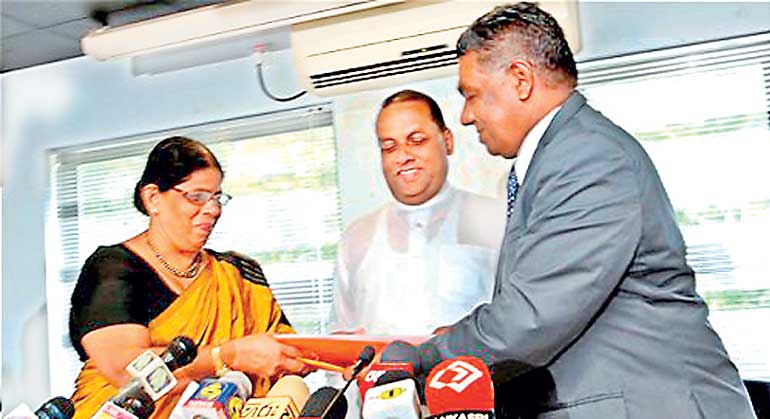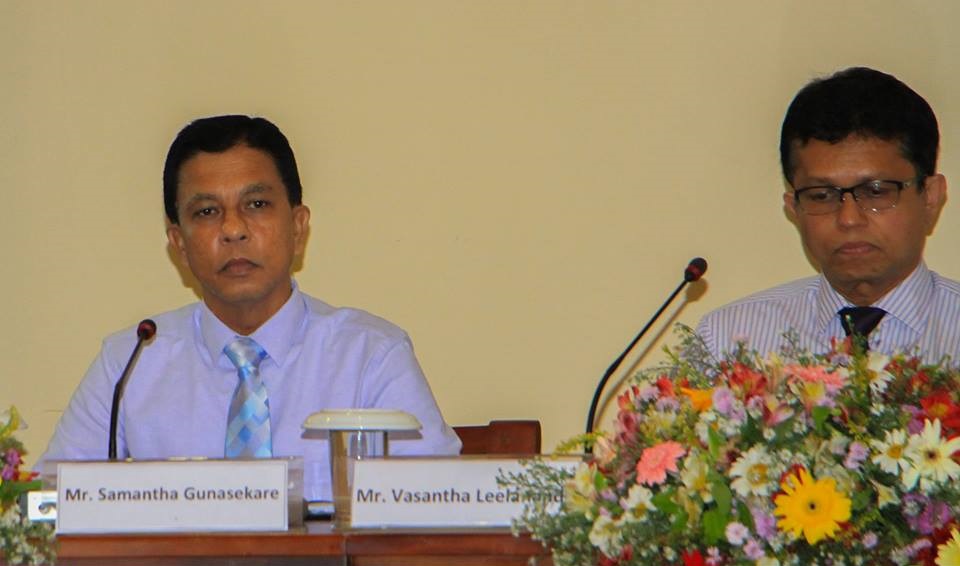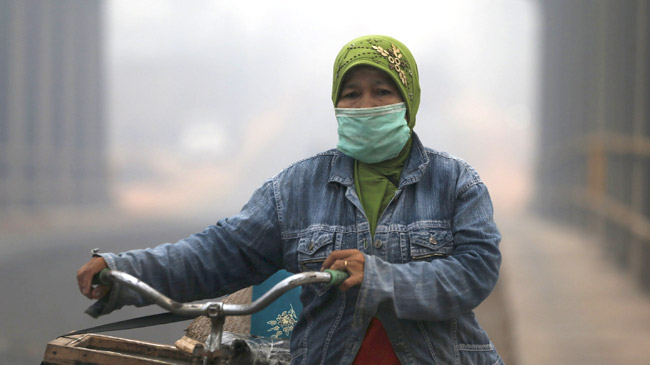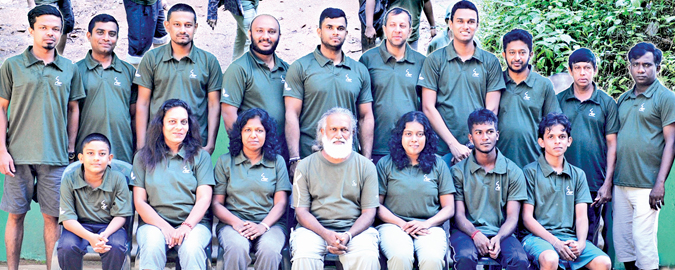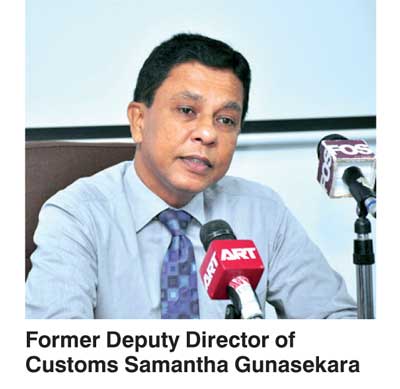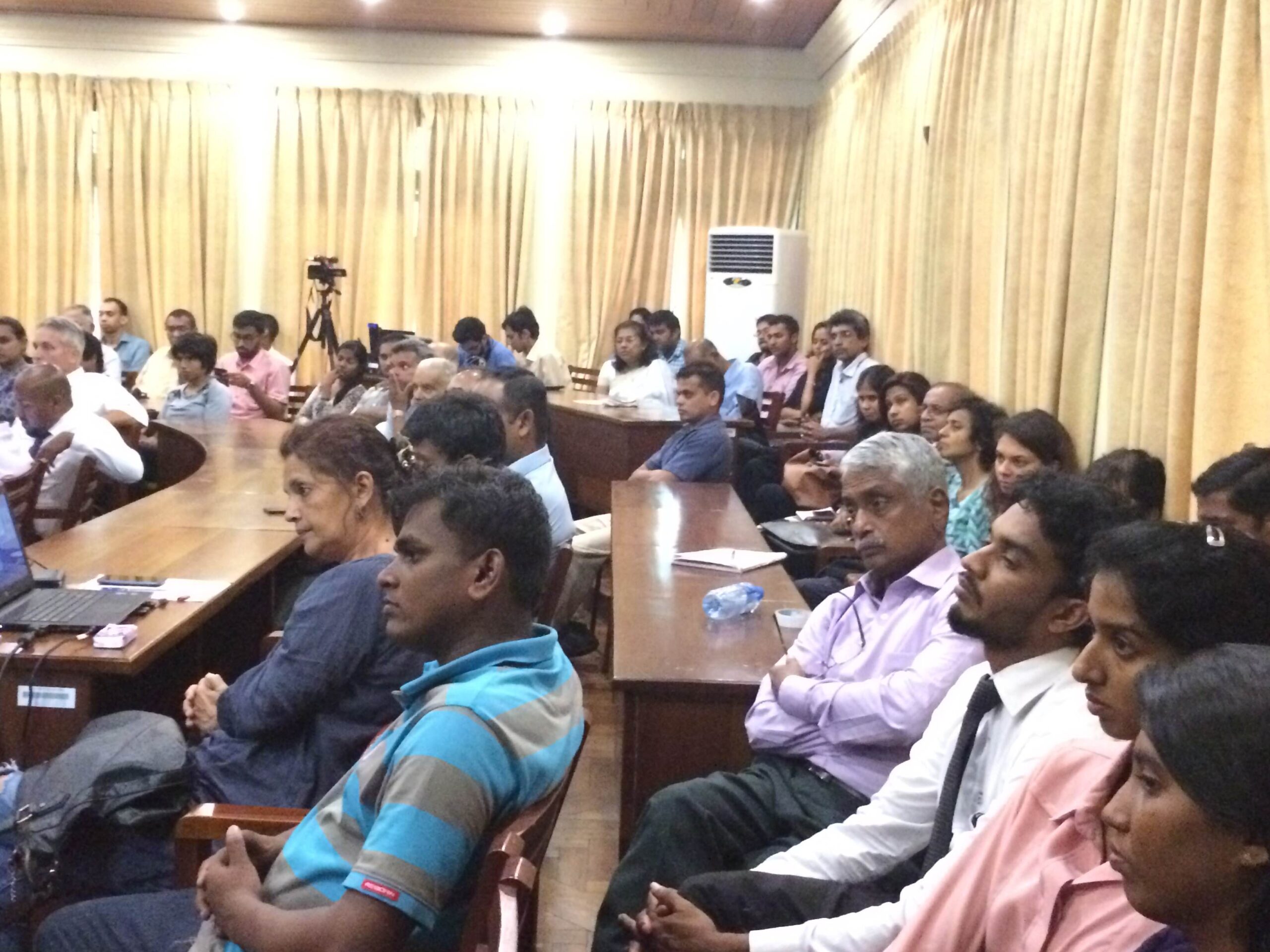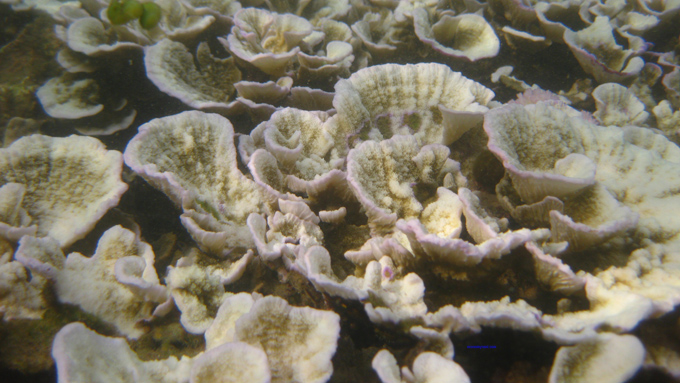The recent awareness programme on nature conservation held in May 2016 by Sri Lanka Telecom (SLT) proved to be a unique and exciting experience altogether for the participants who were taken on a tour to the world heritage site, the Sinharaja Forest Reserve.
It all began in March 2016 when the company organized a social media competition #LastClick to urge and encourage people to protect the threatened plant species in Sri Lanka. The winners of this competition received an all-inclusive nature tour to the Sinharaja Forest Reserve.
The #LastClick social media campaign was conducted during the period 1st to 31st March 2016. During the campaign period, the company posted photographs of threatened plant species, with the caption “Don’t let this be my #LastClick” as well as other captions similar to that effect, conveying the sense of urgency with which the entire nation needed to act if we are to protect these endangered plant species in the country and prevent their extinction before it’s too late. The company stressed that the responsibility for protecting these trees fell on the shoulders of each and every citizen. This involves: being knowledgeable and educating ourselves on the different endangered plant species, making sure that we take steps to plant as many of these species as possible in our own gardens as well as taking steps to conserve the trees that are already there.
Through the campaign, people were encouraged to plant saplings of these endangered plants in their homes and take photographs and share them on SLT’s special “Preserving heritage for tomorrow” Facebook page as well as on Twitter. Alternatively, people could also photograph endangered trees / plants that have already been planted and share these photos on the designated page together with the name, description and location where the plant/tree was found. The company received a massive response and out of these, the winners were selected and awarded a unique and adventures journey as promised.
The Sinharaja Forest Reserve proved to be the ideal location for the nature tour as it has been recognized as a biodiversity hotspot in Sri Lanka, and also been designated as a biosphere reserve and World Heritage Site by UNESCO. Prof. Sarath Kotagama who is the former Head of the Department of Zoology, University of Colombo and who has also rendered an extraordinary service to Sri Lanka as an ornithologist and environmentalist was the resource person for the tour. He conducted the 2 day workshop at Sinharaja for these individuals that also included trekking through the forest to identify the different flora and fauna. Thus, it was a richly educational tour and also a unique and exciting experience for all the participants, according to the positive comments received from them after the tour.
SLT’s vision behind this social media campaign and tour was to raise awareness amongst the public, especially the younger generations and draw their attention to endangered plants and the importance of “preserving heritage for tomorrow”. “Preserving heritage for tomorrow” has been an on-going corporate social responsibility (CSR) initiative undertaken by SLT for many years, under which the company encourages the public to preserve the rich heritage of the country – be it in terms of environment and bio diversity, culture or arts – for the benefit of the younger generations.
(Source : 15/06/2016 Daily News http://epaper.dailynews.lk/art.asp?id=2016/06/15/Pg32_0&pt=p&h=)

